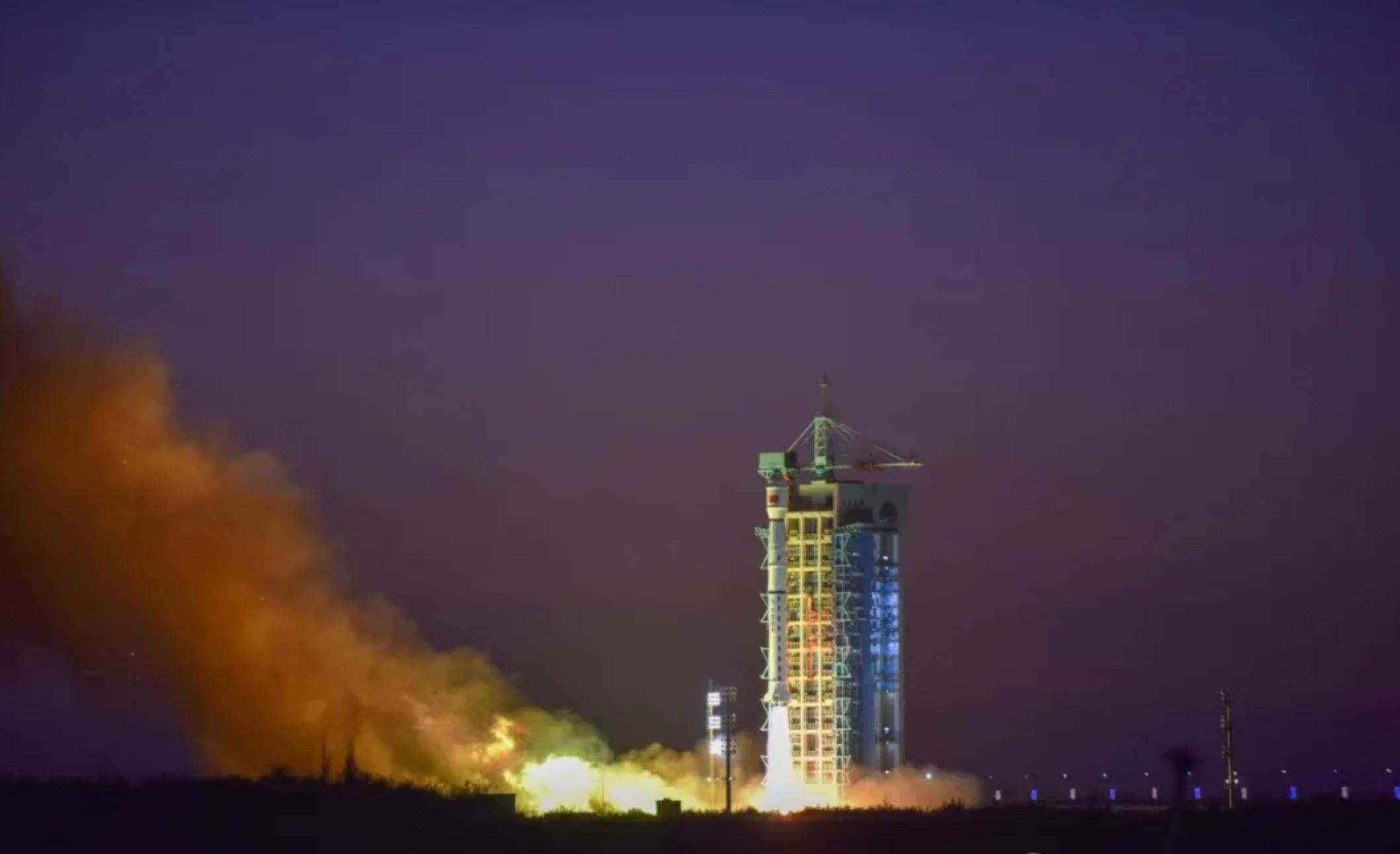China boosts Earth-observation abilities with 2 Gaofen satellite launches
Very little is known about the powerful Gaofen 11 satellite.
China continued its record-breaking year of launches by sending two satellites into orbit in recent days.
The two new satellites launched on separate rockets and from different space centers, but they share a name, Gaofen ("high resolution"). While both will observe the Earth, each will have different roles and users.
Most recently, orange flames lit up the pre-dawn sky over Jiuquan Satellite Launch Center in the Gobi Desert on Monday (Nov. 22) at 5:45 p.m. EST (2245 GMT, 7:45 a.m. local time Nov. 23) as the engines of a Long March 4C rocket ignited.
Related: The latest news about China's space program

Aboard was the Gaofen 3 (02) radar Earth observation satellite, which rose to roughly 469 miles (755 kilometers) above Earth in a sun synchronous orbit. This special type of orbit, which nearly passes over the planet's poles, means that each time the satellite passes over any location on Earth, it is always the same local solar time.
Gaofen 3 (02) joins the first Gaofen 3 satellite, which China launched into a similar orbit in August 2016, to form a constellation that uses radar to study both the land and the sea. The pair will be used for marine disaster prevention and mitigation, dynamic marine environment monitoring, environmental protection, water conservancy, agriculture and meteorology.
China's National Satellite Ocean Application Center of the Ministry of Natural Resources, together with related departments, will take responsibility for on-orbit testing. The satellite was developed by the China Academy of Space Technology (CAST) and features upgrades over the first Gaofen 3, including optimized imaging, improved ship-positioning technology and real-time onboard processing that makes imagery available much faster than transmitting raw data does.
Get the Space.com Newsletter
Breaking space news, the latest updates on rocket launches, skywatching events and more!
Gaofen satellites are optical and radar remote sensing satellites that form the China High-resolution Earth Observation System (CHEOS). The program was approved in 2010 and the first satellite, Gaofen 1, launched in 2013.
Information has been published about many of the Gaofen satellites and their civilian purposes. However details about higher-number Gaofen satellites are classified.
And days before Gaofen 3 (02), China launched just such a payload. The mystery Gaofen 11 (03) satellite lifted off on Friday (Nov. 19) at 8:51 p.m. EST (Nov. 20 at 0151 GMT or 9:51 a.m. local time). Insulation tiles fell away from the Long March 4B as the rocket rose from its pad at the Taiyuan Satellite Launch Center in northern China and into cloudy skies.
No details were published about the satellite's capabilities. State media reported that the satellite will be "mainly used for land surveys, city planning, land rights confirmation, road network design, crop yield estimation and disaster prevention and mitigation."
Gaofen 11 satellites could have resolution capabilities as sharp as 4 inches (10 centimeters), according to reporting by SpaceNews. That level of detail would make these satellites comparable to the assumed optical capabilities of the United States' Keyhole-class classified spy satellites. President Donald Trump tweeted an image of a satellite photo apparently taken by one such U.S. satellite back in August 2019, providing an indication of the capabilities of this type of satellite.
China now has three Gaofen 11 satellites, with the new satellite joining predecessors launched in 2018 and 2020, with a rocket stage from the latter landing near a school. The U.S. National Reconnaissance Office oversees a constellation of classified spy satellites in orbit.
The launches were China's 44th and 45th of 2021, extending a national record for orbital launches in a calendar year. In comparison, the U.S. has launched 44 times, including five launches of Rocket Lab's Electron from New Zealand.
Follow us on Twitter @Spacedotcom and on Facebook.
Join our Space Forums to keep talking space on the latest missions, night sky and more! And if you have a news tip, correction or comment, let us know at: community@space.com.

Andrew is a freelance space journalist with a focus on reporting on China's rapidly growing space sector. He began writing for Space.com in 2019 and writes for SpaceNews, IEEE Spectrum, National Geographic, Sky & Telescope, New Scientist and others. Andrew first caught the space bug when, as a youngster, he saw Voyager images of other worlds in our solar system for the first time. Away from space, Andrew enjoys trail running in the forests of Finland. You can follow him on Twitter @AJ_FI.









